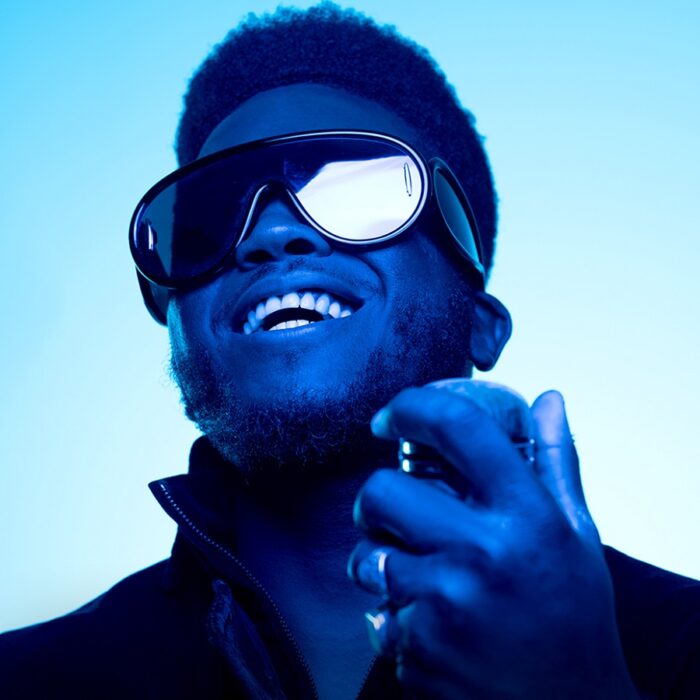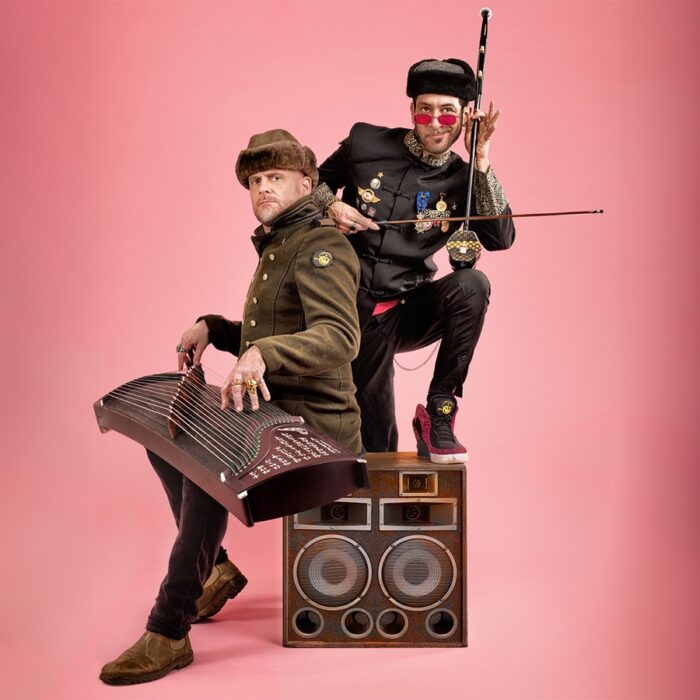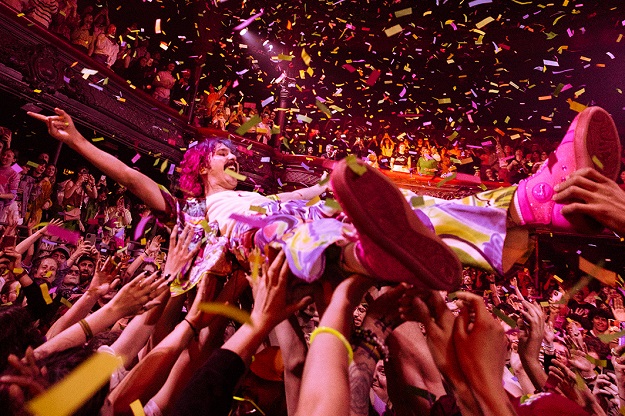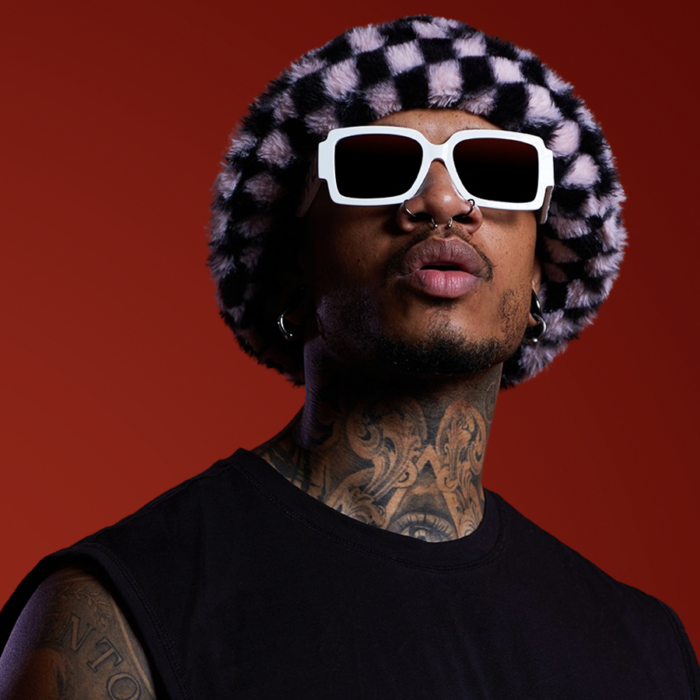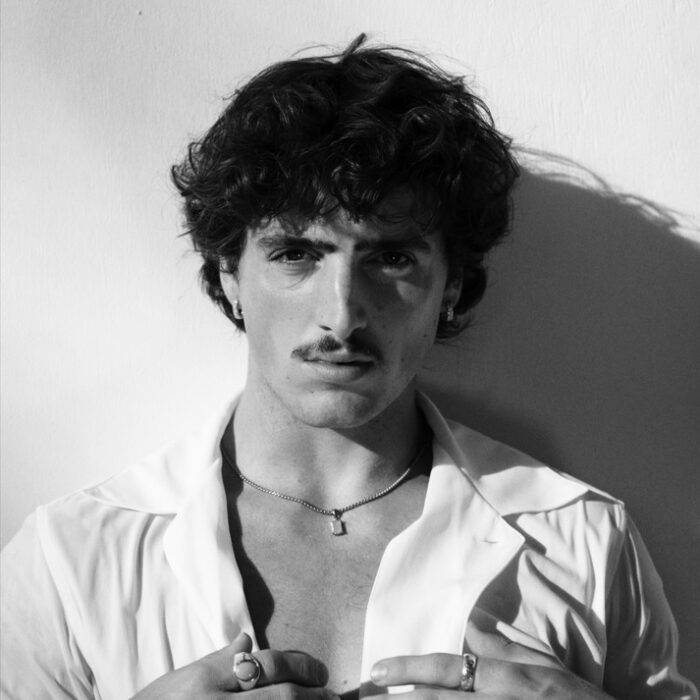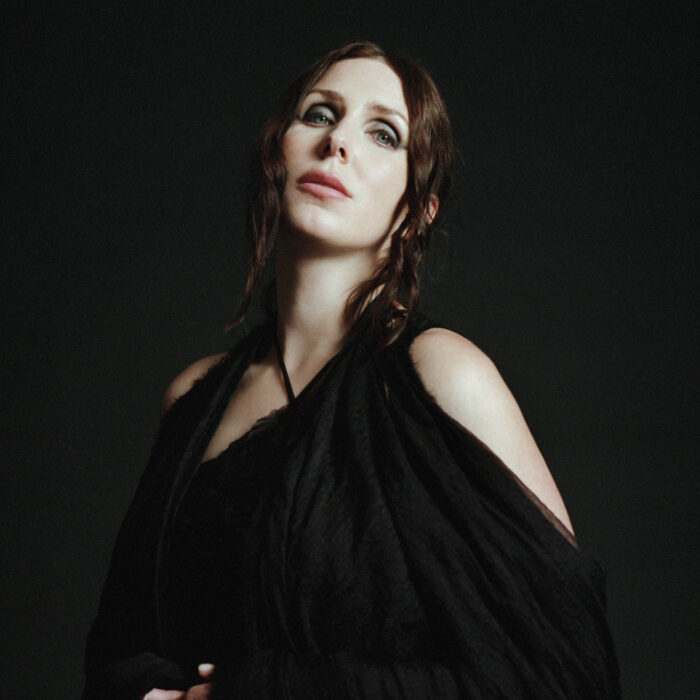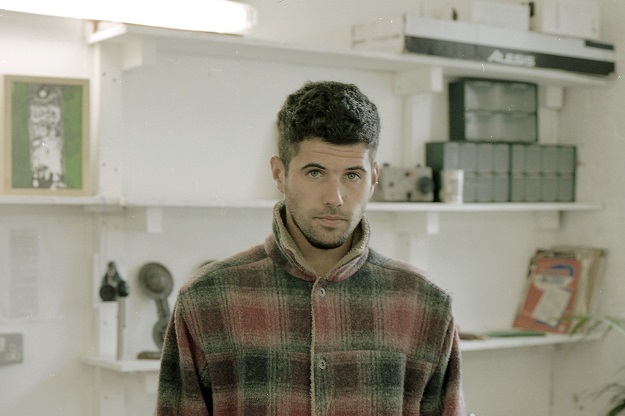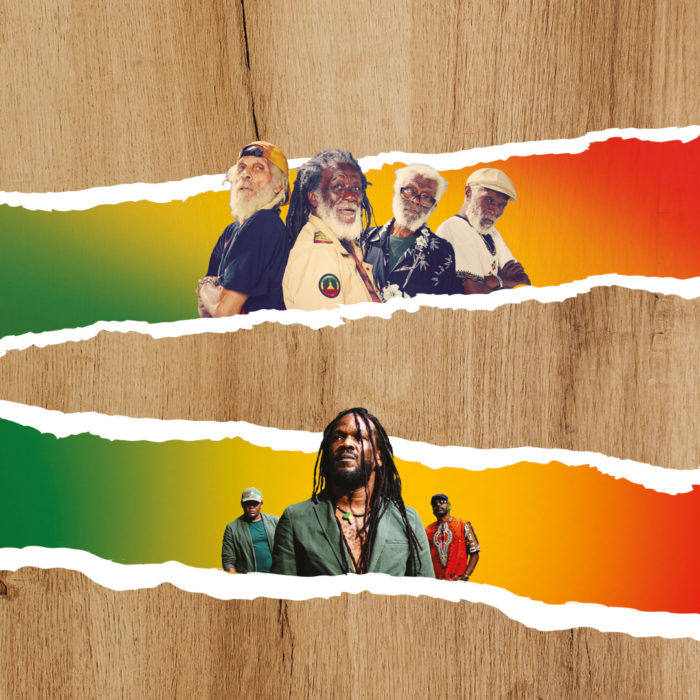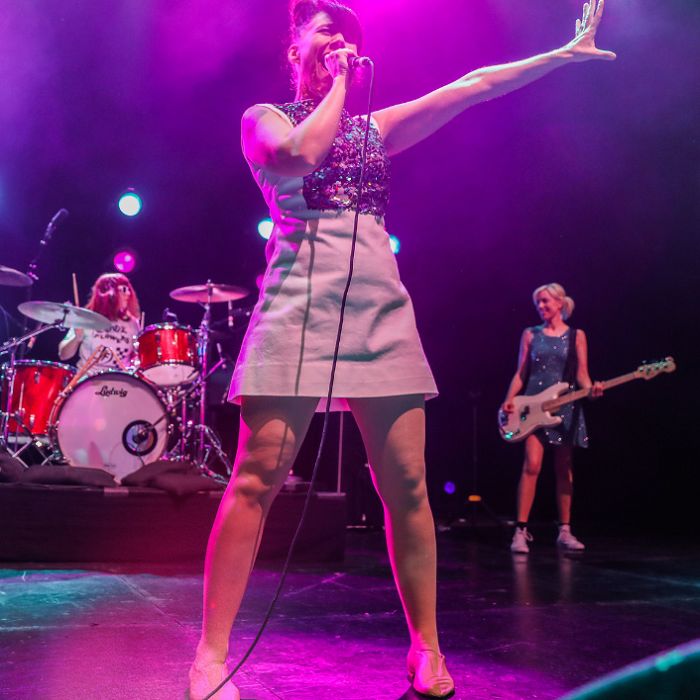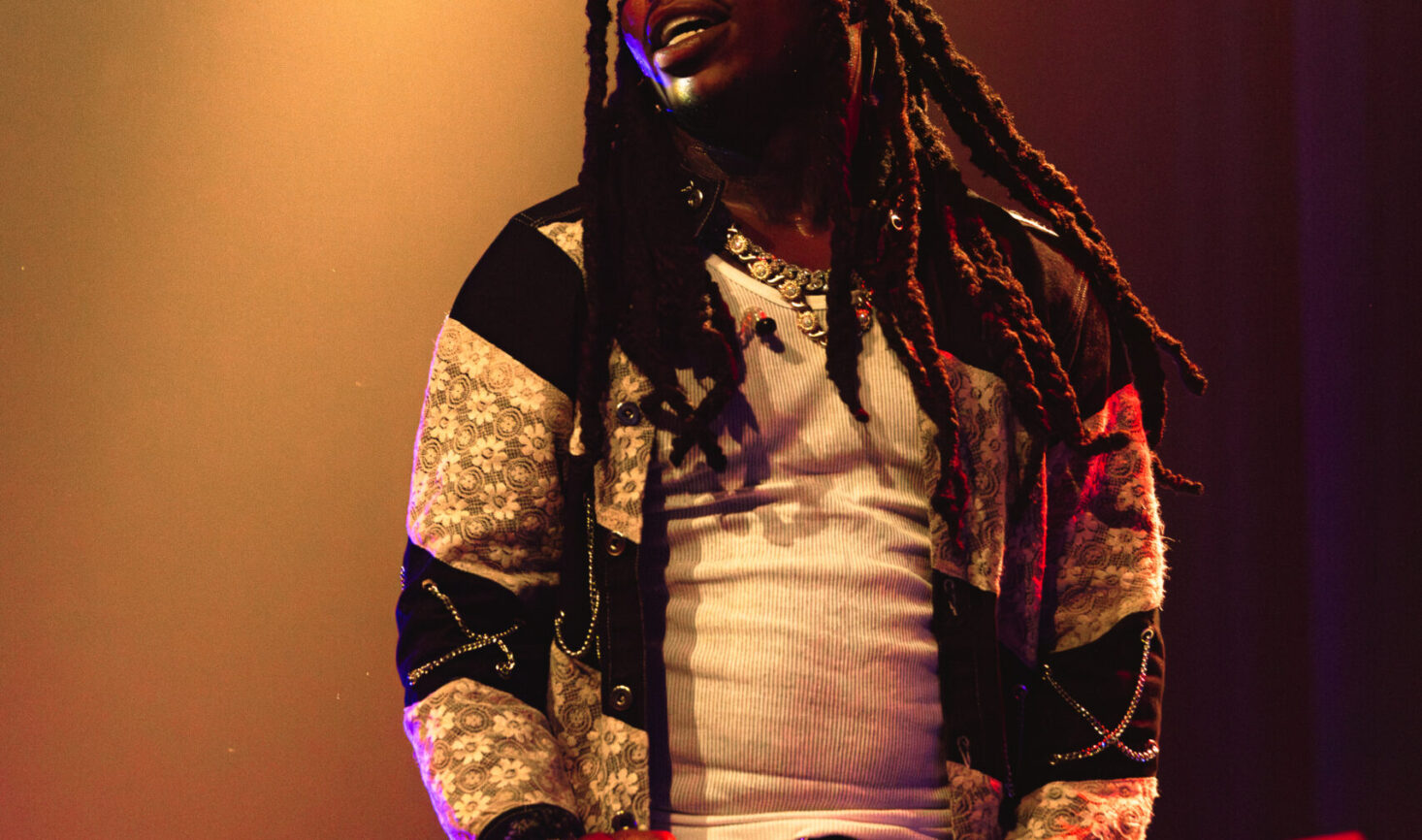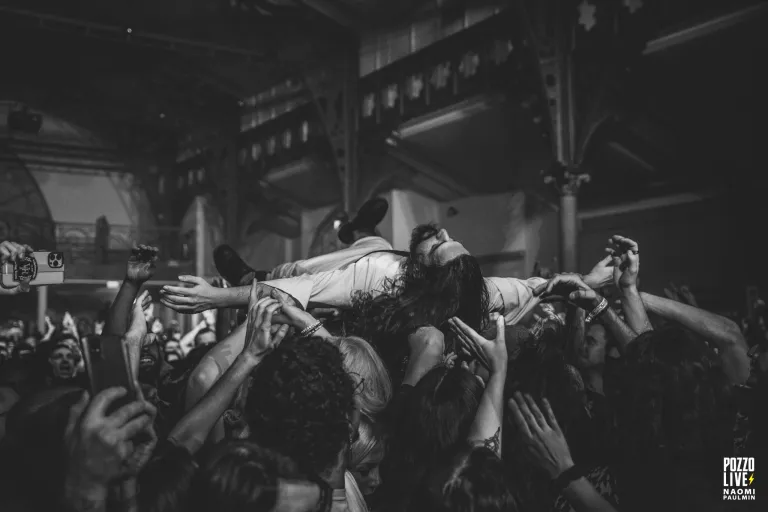Depuis plus de deux siècle, l’Élysée Montmartre est une icône des nuits parisiennes.
Sous sa structure Eiffel, vous retrouverez l’ambiance électrique des bals du 19e siècle,
où se sont croisés la Goulue, Toulouse Lautrec ou encore Picasso.
Aujourd’hui, vous vivrez, entres ses mûrs légendaires, des soirées inoubliables,
en compagnie des plus grands artistes de la scène actuelle.
Mythique depuis 1807
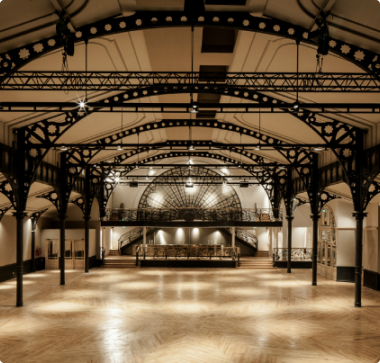
Vous souhaitez privatiser la salle pour un évènement ?
L’Elysée Montmartre permet aujourd’hui d’accueillir des évènements variés allant du cocktail, au dîner assis, en passant par le défilé de mode, la soirée dansante, la conférence, le lancement ou la présentation produits… de 200 à 1000 personnes.
La privatisation de l’Elysée Montmartre peut également se combiner avec celle du Trianon voisin, multipliant ainsi vos possibilités !
